Baking Soda Daily Fixes: Your secret weapon for a sparkling home and garden! Have you ever looked at a box of baking soda and thought, “There has to be more to this than just baking?” Well, you’re absolutely right! For generations, baking soda has been a staple in households, not just for fluffy cakes, but for its incredible versatility. From ancient Egyptians using it in cleaning rituals to our grandmothers relying on it for everything from soothing heartburn to freshening carpets, baking soda’s history is rich and fascinating.
But let’s be honest, in today’s world, we’re all looking for easy, effective, and budget-friendly solutions. That’s where these baking soda daily fixes come in. I’m going to share some amazing DIY tricks and hacks that will transform the way you clean, deodorize, and even care for your garden. Forget expensive, chemical-laden products – baking soda is a natural, safe, and surprisingly powerful alternative.
Imagine effortlessly removing stubborn stains, banishing unpleasant odors, and creating a healthier environment for your family, all with one simple ingredient. These baking soda hacks are not just about saving money; they’re about embracing a more sustainable and eco-conscious lifestyle. So, grab that box of baking soda, and let’s get started on these game-changing DIY projects!
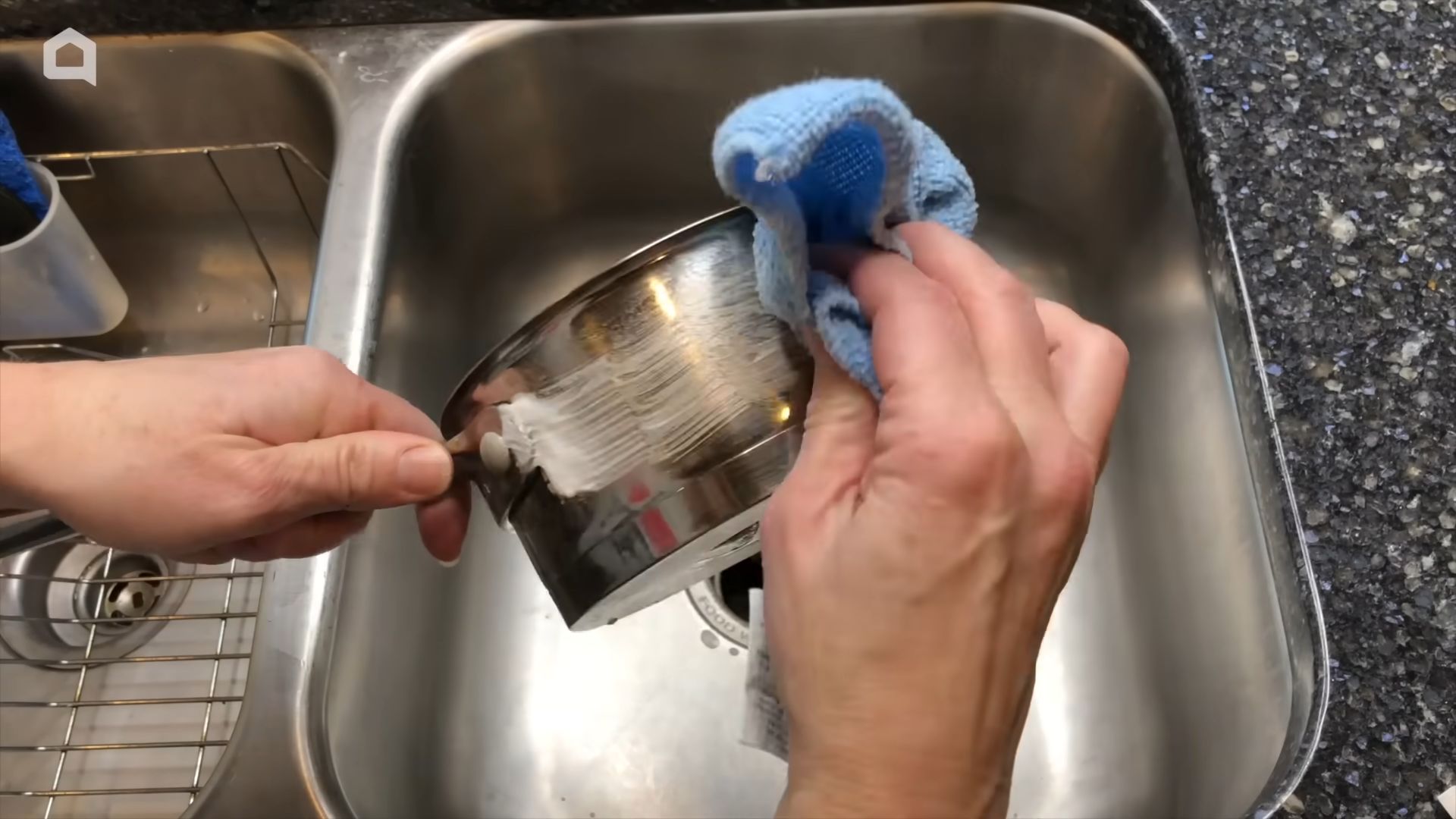
Baking Soda: Your Everyday DIY Superhero!
Okay, let’s be honest, baking soda is probably lurking in your pantry right now, right? But did you know it’s so much more than just a baking ingredient? It’s a powerhouse of DIY fixes, and I’m here to spill all my secrets! Get ready to be amazed by the versatility of this humble white powder.
Deodorizing Like a Pro
Baking soda is a natural odor absorber, making it perfect for tackling all sorts of stinky situations.
* The Fridge Freshener: This is a classic for a reason!
* Stinky Shoes Savior: Say goodbye to embarrassing shoe smells.
* Carpet Refresher: Banish lingering odors from your carpets.
* Garbage Disposal De-Stinker: Keep your kitchen smelling fresh.
Step-by-Step: Fridge Freshener
1. Grab a box: Open a fresh box of baking soda. You can use an open container if you prefer, but the box is convenient.
2. Label it: Write the date on the box. This helps you remember when to replace it.
3. Place it strategically: Put the open box in the back of your fridge. This is where odors tend to accumulate.
4. Replace regularly: Replace the box every three months, or sooner if you notice odors returning.
Step-by-Step: Stinky Shoes Savior
1. Gather your supplies: You’ll need baking soda, old socks (optional), and your stinky shoes.
2. Fill ’em up: Pour a generous amount of baking soda into each shoe. If you’re worried about residue, fill old socks with baking soda and place those inside the shoes instead.
3. Let it sit: Leave the baking soda in the shoes overnight, or even for 24-48 hours for really stubborn odors.
4. Shake it out: Remove the baking soda (or socks) and shake out any excess. You might want to vacuum the inside of the shoes if there’s a lot of residue.
Step-by-Step: Carpet Refresher
1. Prep the area: Make sure the carpet is dry.
2. Sprinkle generously: Sprinkle baking soda liberally over the entire carpet area. Don’t be shy!
3. Let it sit: Allow the baking soda to sit for at least 15 minutes, or even longer for heavily soiled carpets. I usually leave it for a few hours, or even overnight.
4. Vacuum thoroughly: Vacuum up all the baking soda. You might need to go over the area a few times to get it all.
Step-by-Step: Garbage Disposal De-Stinker
1. Run hot water: Turn on the hot water in your sink.
2. Pour in the baking soda: Pour about 1/2 cup of baking soda down the drain.
3. Let it fizz: Let the baking soda sit for a few minutes to fizz and work its magic.
4. Flush with hot water: Turn off the water and then turn it back on, flushing the baking soda down the drain.
5. Optional: Add vinegar: For extra cleaning power, follow the baking soda with 1/2 cup of white vinegar. Let it fizz for a few minutes, then flush with hot water.
Cleaning Powerhouse
Baking soda’s mild abrasive properties make it a fantastic cleaner for various surfaces.
* Gentle Scrub for Sinks and Tubs: A safe and effective way to remove grime.
* Oven Cleaner: A natural alternative to harsh chemical cleaners.
* Burnt Pot Savior: Rescue your favorite pots and pans.
* Microwave Cleaner: Quick and easy way to freshen up your microwave.
Step-by-Step: Gentle Scrub for Sinks and Tubs
1. Make a paste: Mix baking soda with a little water to form a paste. The consistency should be thick enough to spread easily.
2. Apply the paste: Apply the paste to the surface you want to clean.
3. Scrub gently: Use a sponge or cloth to gently scrub the surface.
4. Rinse thoroughly: Rinse the surface with water to remove the baking soda paste.
Step-by-Step: Oven Cleaner
1. Remove racks: Take out the oven racks.
2. Make a paste: Mix 1/2 cup of baking soda with a few tablespoons of water to form a paste.
3. Coat the oven: Spread the paste all over the inside of the oven, avoiding the heating elements.
4. Let it sit overnight: Let the paste sit overnight (or for at least 12 hours).
5. Scrub and wipe: The next day, use a damp sponge or cloth to scrub the oven. The grime should come off easily.
6. Rinse thoroughly: Rinse the oven with water to remove any remaining baking soda residue.
7. Clean the racks: Soak the oven racks in hot, soapy water. Scrub them clean and rinse thoroughly.
Step-by-Step: Burnt Pot Savior
1. Cover the burnt area: Cover the burnt area of the pot with a layer of baking soda.
2. Add water: Add enough water to cover the burnt area.
3. Bring to a boil: Bring the water to a boil on the stovetop.
4. Simmer: Reduce the heat and simmer for 15-30 minutes.
5. Let it cool: Let the pot cool completely.
6. Scrub: Use a sponge or scrub brush to scrub away the burnt residue. It should come off easily.
Step-by-Step: Microwave Cleaner
1. Mix baking soda and water: Mix 1 tablespoon of baking soda with 1 cup of water in a microwave-safe bowl.
2. Microwave: Microwave the mixture on high for 2-3 minutes. The water will boil and create steam.
3. Let it sit: Leave the bowl in the microwave for 5-10 minutes. The steam will loosen any food splatters.
4. Wipe clean: Carefully remove the bowl (it will be hot!) and wipe down the inside of the microwave with a damp cloth.
Beauty Booster
Believe it or not, baking soda can even be incorporated into your beauty routine!
* Exfoliating Face Scrub: A gentle way to remove dead skin cells.
* Teeth Whitener: Brighten your smile naturally.
* Bath Soak: Soothe sore muscles and soften skin.
Step-by-Step: Exfoliating Face Scrub
1. Make a paste: Mix 1 teaspoon of baking soda with a little water to form a paste.
2. Apply to face: Gently apply the paste to your face, avoiding the eye area.
3. Massage gently: Massage the paste in a circular motion for about 30 seconds.
4. Rinse thoroughly: Rinse your face with water and pat dry.
5. Moisturize: Apply your favorite moisturizer.
Important Note: Don’t use this scrub more than once or twice a week, as it can be drying. Always test on a small area of skin first to check for sensitivity.
Step-by-Step: Teeth Whitener
1. Mix with toothpaste: Sprinkle a small amount of baking soda onto your toothpaste.
2. Brush as usual: Brush your teeth as you normally would.
3. Rinse thoroughly: Rinse your mouth thoroughly with water.
Important Note: Don’t use this method too often, as it can be abrasive to tooth enamel. Limit it to once or twice a week.
Step-by-Step: Bath Soak
1. Fill the tub: Fill your bathtub with warm water.
2. Add baking soda: Add 1/2 cup of baking soda to the water.
3. Soak: Soak in the tub for 15-30 minutes.
Garden Helper
Baking soda can even lend a hand in the garden!
* Sweeten Tomatoes: Reduce acidity in the soil for sweeter tomatoes.
* Fungicide: Help prevent fungal diseases on plants.
Step-by-Step: Sweeten Tomatoes
1. Dilute baking soda: Mix 1 teaspoon of baking soda with 1 gallon of water.
2. Water the plants: Water your tomato plants with the solution every few weeks.
Step-by-Step: Fungicide
1. Mix the solution: Combine 4 teaspoons
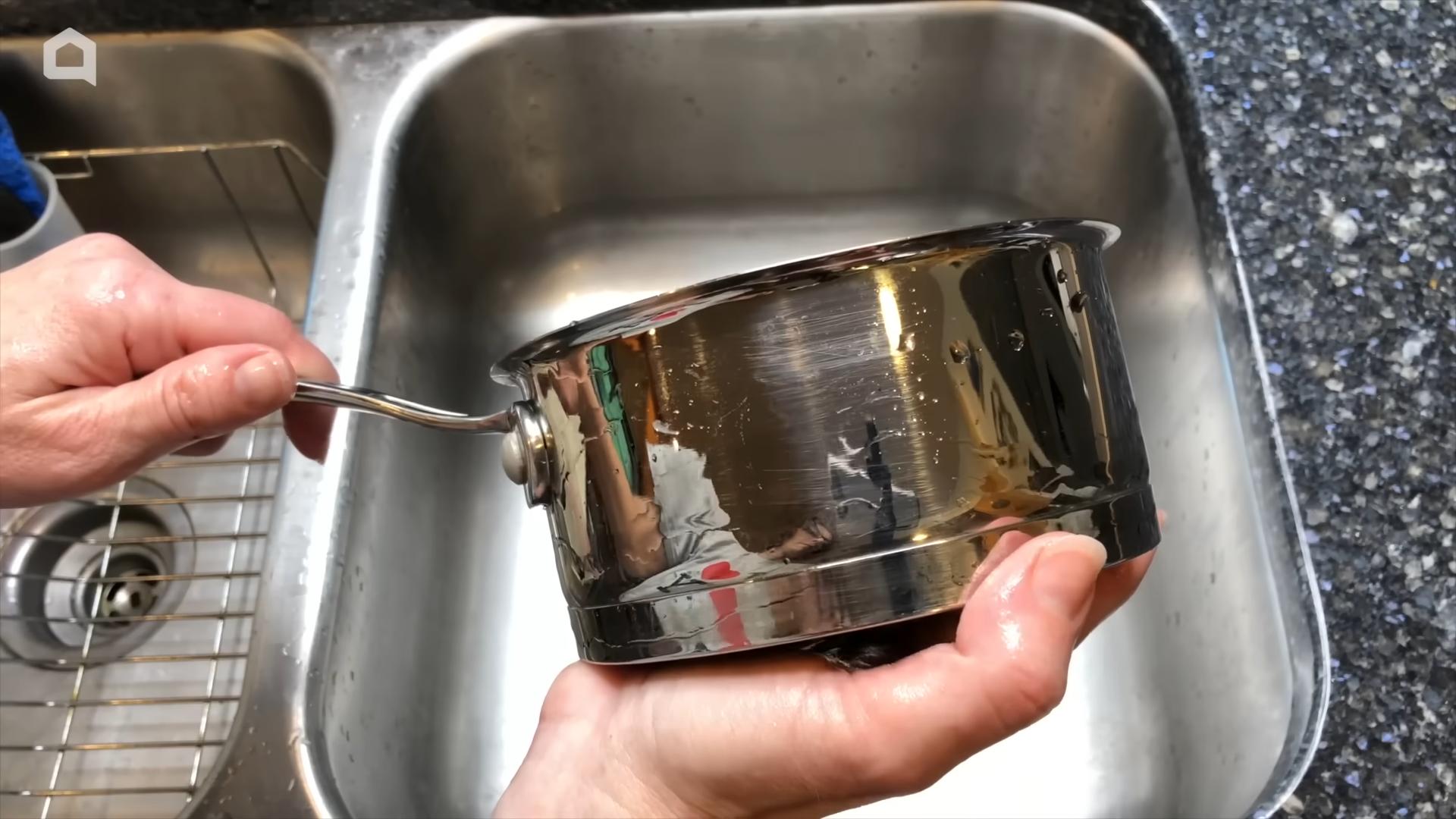
Conclusion
So, there you have it! Unlocking the power of baking soda for everyday fixes is not just a cost-effective alternative to expensive commercial products; it’s a revelation in simplicity and effectiveness. From tackling stubborn stains to revitalizing your beauty routine, the versatility of this humble ingredient is truly astounding. We’ve explored a range of applications, demonstrating how a simple box of baking soda can replace a cabinet full of specialized cleaners and treatments.
But why is this a must-try? Because it empowers you to take control of your home and personal care with a natural, readily available, and incredibly affordable solution. You’re not just saving money; you’re reducing your exposure to harsh chemicals and embracing a more sustainable lifestyle. The environmental impact of relying on baking soda for many of these tasks is significantly lower than constantly purchasing and disposing of plastic bottles filled with synthetic ingredients.
Consider the possibilities beyond what we’ve already covered. Experiment with adding essential oils to your baking soda mixtures for a personalized scent and added therapeutic benefits. For example, a few drops of lavender oil in your baking soda carpet freshener can create a calming atmosphere. Or, try mixing baking soda with apple cider vinegar for an even more potent cleaning paste. The possibilities are truly endless!
Don’t be afraid to get creative and adapt these DIY baking soda fixes to your specific needs and preferences. The beauty of this approach lies in its flexibility. You can adjust the ratios and ingredients to achieve the desired results, making it a truly customized experience.
We wholeheartedly encourage you to try these DIY baking soda fixes and witness the transformative power of this simple ingredient firsthand. Start with one or two applications that resonate with you and gradually incorporate more into your daily routine. You’ll be amazed at the difference it can make!
And most importantly, we want to hear about your experiences! Share your successes, your challenges, and your unique variations in the comments below. Let’s build a community of baking soda enthusiasts who are passionate about natural, effective, and affordable solutions. Your insights and feedback will help others discover the incredible potential of baking soda and inspire them to embrace a more sustainable and empowered lifestyle. So, go ahead, grab that box of baking soda, and start experimenting! You won’t regret it. Let us know how you are using baking soda daily!
Frequently Asked Questions (FAQs)
Is baking soda safe to use on all surfaces?
While baking soda is generally considered a mild abrasive and safe for most surfaces, it’s always a good idea to test it in an inconspicuous area first, especially on delicate or easily scratched materials like polished wood, certain types of plastic, or painted surfaces. Avoid using baking soda on gold-plated items, as it can potentially damage the finish. For surfaces you’re unsure about, dilute the baking soda with water to create a less abrasive solution. When cleaning, always use gentle pressure to avoid scratching. Remember, prevention is key!
Can I use baking soda to clean my teeth every day?
Baking soda can be used as a teeth whitener and cleaner, but it’s important to use it sparingly. Daily use of baking soda on your teeth can potentially erode tooth enamel over time due to its abrasive nature. It’s generally recommended to use it no more than once or twice a week. You can mix a small amount of baking soda with water to form a paste and gently brush your teeth. Alternatively, you can find toothpaste that contains baking soda as an ingredient. Always consult with your dentist for personalized advice on oral hygiene practices.
How long does a baking soda solution last?
The shelf life of a baking soda solution depends on the specific application and the other ingredients used. For cleaning solutions, it’s best to use them immediately or within a few days. Over time, the baking soda may settle or lose its effectiveness. For solutions used in baking, it’s crucial to use fresh baking soda for optimal results. Always check the expiration date on the baking soda box before using it. If you’re unsure about the freshness of your baking soda, you can test it by adding a small amount to vinegar. If it fizzes vigorously, it’s still active.
Can baking soda be used to unclog drains?
Yes, baking soda can be an effective natural drain cleaner. Pour about one cup of baking soda down the drain, followed by one cup of vinegar. Let the mixture fizz for about 30 minutes, then flush with hot water. This combination helps to break down grease and debris that can clog drains. For stubborn clogs, you may need to repeat the process or use a plunger after the baking soda and vinegar treatment. This method is generally safe for most pipes, but avoid using it if you’ve recently used chemical drain cleaners, as the combination can create harmful fumes.
Is there a difference between baking soda and baking powder?
Yes, baking soda and baking powder are different leavening agents used in baking. Baking soda (sodium bicarbonate) requires an acidic ingredient, such as vinegar, lemon juice, or buttermilk, to activate and produce carbon dioxide, which helps baked goods rise. Baking powder, on the other hand, contains both an acid and a base, so it doesn’t require an additional acidic ingredient. When substituting one for the other, it’s important to adjust the recipe accordingly. Using baking soda without an acid will result in a flat, dense baked good, while using too much baking powder can create a bitter taste.
Can I use baking soda to get rid of odors in my refrigerator?
Absolutely! Baking soda is a highly effective odor absorber. Simply place an open box of baking soda in your refrigerator to neutralize unpleasant smells. Replace the box every three months or sooner if the odors persist. You can also sprinkle baking soda on the bottom of your refrigerator to absorb spills and prevent odors from developing. For particularly stubborn odors, you can create a paste of baking soda and water and apply it to the affected areas. Let it sit for a few minutes, then wipe it clean.
What are some other uses for baking soda in the garden?
Baking soda has several beneficial uses in the garden. It can be used to sweeten tomatoes by sprinkling a small amount around the base of the plants. It can also help to prevent fungal diseases like powdery mildew by spraying plants with a solution of baking soda and water. Additionally, baking soda can be used to test the pH of your soil. Mix a small amount of soil with water and add baking soda. If it fizzes, your soil is acidic.
Can baking soda help with heartburn?
Yes, baking soda can provide temporary relief from heartburn. Mix half a teaspoon of baking soda with a glass of water and drink it slowly. The baking soda helps to neutralize stomach acid, which can alleviate heartburn symptoms. However, it’s important to use this remedy sparingly, as frequent use of baking soda can disrupt the body’s electrolyte balance and lead to other health problems. If you experience frequent or severe heartburn, consult with a doctor.
How can I use baking soda to remove stains from clothing?
Baking soda is a versatile stain remover for clothing. For general stains, create a paste of baking soda and water and apply it to the stain. Let it sit for about 30 minutes, then rinse with water and launder as usual. For tougher stains, such as grease or oil, sprinkle baking soda directly onto the stain and let it sit for several hours or overnight. The baking soda will absorb the grease, making it easier to remove. You can also add a cup of baking soda to your washing machine along with your regular detergent to boost its cleaning power.
Is baking soda safe for pets?
While baking soda is generally considered safe for pets in small amounts, it’s important to exercise caution. Ingesting large quantities of baking soda can cause stomach upset, vomiting, and diarrhea. Avoid using baking soda on your pet’s skin or fur without consulting with a veterinarian first, as it can potentially irritate their skin. If you suspect that your pet has ingested a large amount of baking soda, contact your veterinarian immediately.

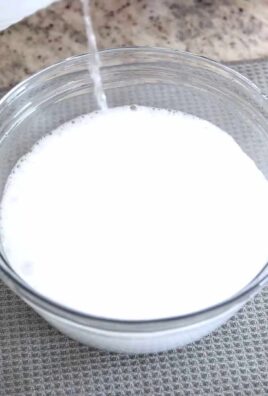
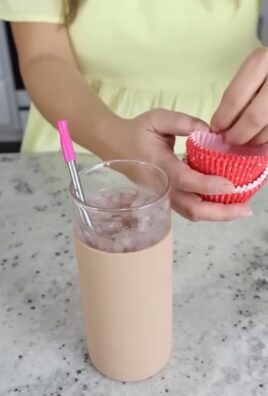
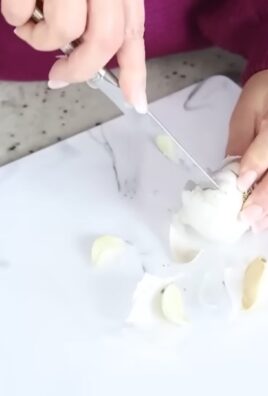
Leave a Comment